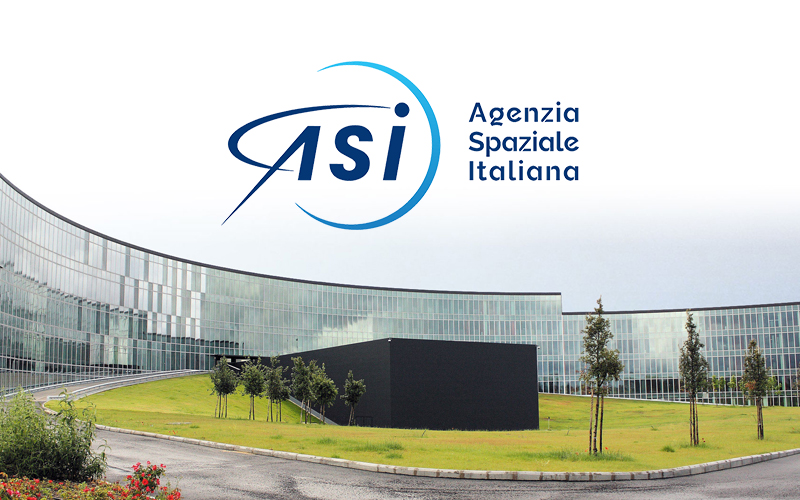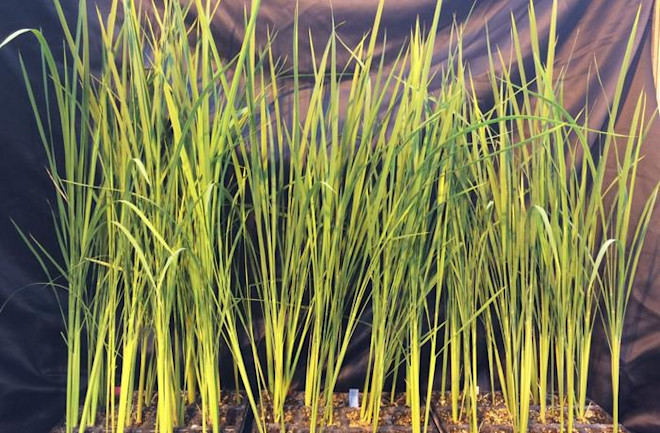
Photo source : europeanspaceflight.com
In a major step toward sustainable space exploration, Italy has launched an ambitious project to grow rice in lunar-like conditions, preparing for the possibility of cultivating food directly on the Moon. Spearheaded by the Italian Space Agency (ASI), the initiative brings together leading Italian institutions and companies in the fields of biotechnology, agriculture, and space research.
The project is a collaborative effort led by ASI, in partnership with:
- University of Milan – overseeing plant biology and growth cycle studies
- National Research Council of Italy (CNR) – providing expertise in environmental simulation and plant physiology
- ENEA (Italian National Agency for New Technologies, Energy and Sustainable Economic Development) – contributing energy-efficient systems and closed-loop agriculture modules
- Telespazio (a joint venture between Leonardo and Thales) – offering space logistics and mission integration
- Argotec – known for space food systems and engineering support for long-duration space missions
These organizations aim to create a functional prototype of a Moon-compatible rice cultivation system.
Initial experiments are being conducted at terrestrial laboratories in Milan and Rome, where researchers simulate the Moon’s harsh environment. Specialized growth chambers replicate lunar soil (using volcanic ash analogs), low-gravity effects, and exposure to cosmic radiation. These labs are equipped with state-of-the-art climate control systems to mimic the Moon’s day-night cycles and temperature extremes.

Moon rice is specially selected or genetically studied to thrive in extreme lunar conditions. It is highly resilient, capable of growing in nutrient-poor lunar regolith with minimal water. With a short growth cycle and compact size, it suits confined space environments like lunar habitats. Moon rice is efficient in photosynthesis under artificial light and shows potential tolerance to cosmic radiation. It also supports closed-loop life systems by producing oxygen and absorbing carbon dioxide. Nutrient-rich and versatile, moon rice is a promising crop for sustaining astronauts on long-term lunar missions, combining survival utility with efficient, space-friendly agricultural traits.
The goal is to build a self-sustaining bio-farming module that can be transported and deployed on the Moon as part of ESA and NASA’s future lunar bases under the Artemis program. These systems would:
- Recycle water
- Produce oxygen
- Remove carbon dioxide
- Provide fresh, nutritious food to astronauts
Benefits of the Moon Rice Project
This initiative not only supports long-term human habitation on the Moon but also contributes to earth-based sustainable agriculture, helping scientists improve crop resilience and resource-efficient farming. It places Italy at the forefront of space bioscience innovation, alongside global leaders like NASA and China.
With growing international interest in lunar colonization, Italy’s Moon Rice project could help turn the Moon into a habitable outpost—not just for humans, but for Earth-grown food too.



